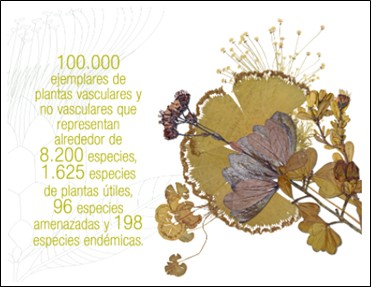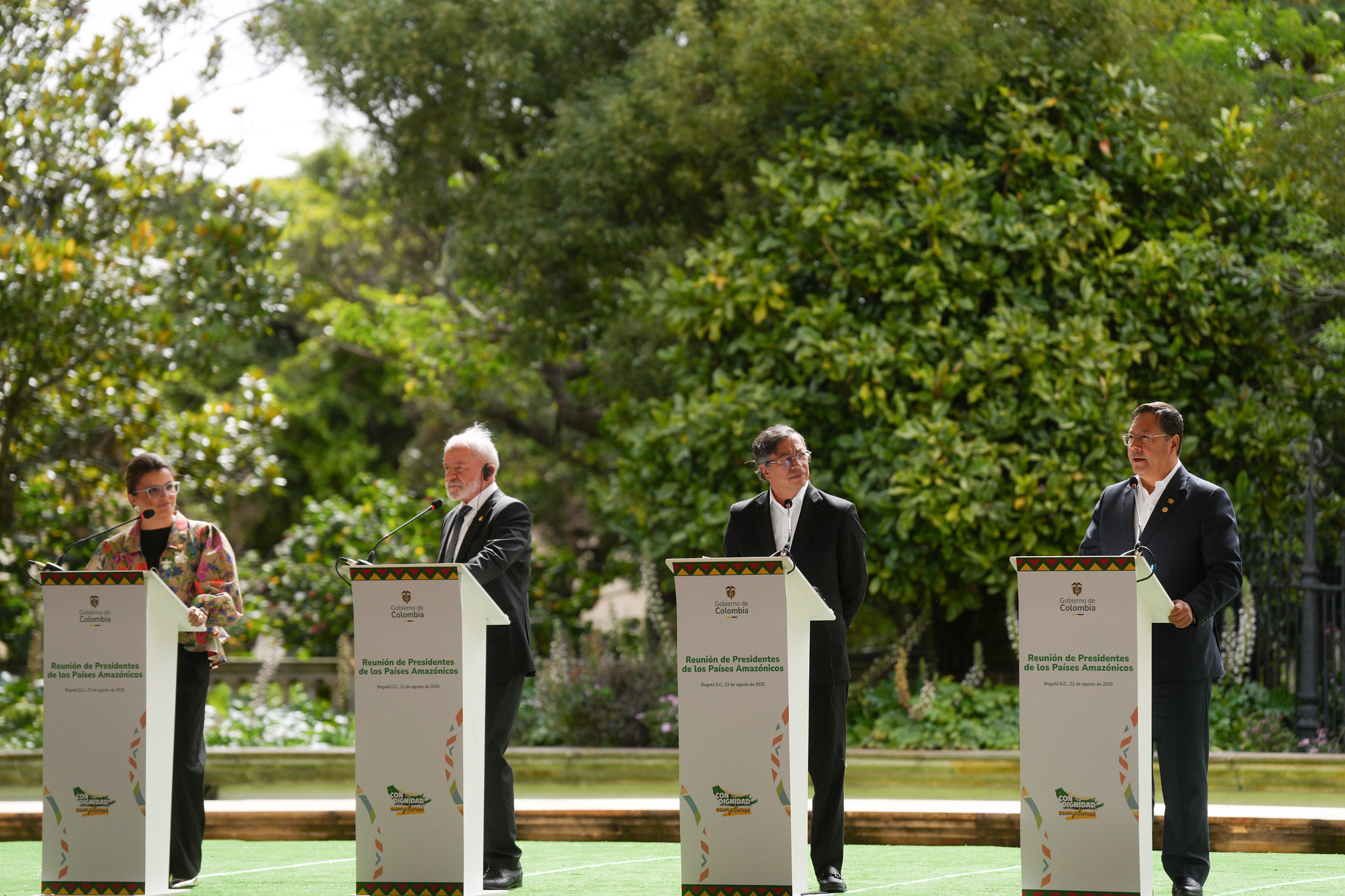Biological records are a tool to define threats of endangered species.
The biological collections are a set of organisms or parts thereof, preserved according to curatorship standards that allow the taxonomic identification of biological specimens. Its components are prepared and organized in a way that informs the origin and taxonomic identification of each of the specimens, which gives it scientific status (Aranda 2014). Such collections, in addition to serving as repositories of biological material for scientific research, are valuable material of historical importance and help in teaching and knowledge transfer activities. Summarizing, organizing, qualifying and disseminating taxonomic and biogeographic information, in addition to promoting ex-situ conservation of biodiversity specimens and supporting species management measures, are the main objectives of a biological collection.
The correlation between species occurrence data in the biological collections and the analysis of the distribution pattern over time allow the spatial distribution of the species to be modeled (Elith et al., 2006). These analyzes allow the preparation of distribution maps, the definition of dispersal routes, as well as other tools that can support decision-making on the management and preservation of threatened species such as the establishment of new conservation units, measures for the recovery of areas impacted or forest corridors. Through the monitoring of ecosystems and relying on historical records of collectibles, it is known if a species has disappeared from previously registered areas of distribution, or if its abundance has changed significantly.
The Colombian Amazon Herbarium (COAH) of the Sinchi Amazonian Institute of Scientific Research has a reference stock with 113,288 specimens and 9291 plant species from the Amazon region, which includes vascular and non-vascular plants. It is estimated that this collection records about 75% of the diversity of plants in the Colombian Amazon region.
The Sinchi Institute also has collections of amphibians, reptiles and fish, with about 10,500 specimens and 720 species. All collections are increased annually as a result of biological inventories made by researchers at the Sinchi Institute.
According to Schatz (2002), the main knowledge of biological diversity emanates from the study of natural history collections carried out by taxonomists. As depositories of the testimonies of that wealth, collections play a unique and critical role for global efforts to mitigate the loss of biodiversity. Therefore, as basic and essential infrastructures for scientific and technological development, collections must be adequately preserved, curated and modernized.
A biological collection is not a static entity that only serves to visit and admire; On the contrary, it is the reference of biodiversity that has a defined area and the scientific base that allows the development of innumerable strategic research for a country. Biological collections, in general, have fundamental information for management that allows countries to comply with regulations and with ratified international commitments and treaties, generating information for decision-making.
In order to strengthen the management of information and knowledge to support decision-making related to the conservation of biodiversity and in particular CITES species, the Regional Project for the management, monitoring and control of wild plant and animal species threatened by trade (Bioamazon Project), implemented by the Permanent Secretariat of the Amazon Cooperation Treaty Organization (PS/ACTO) is supporting the strengthening of the biological collections of the Sinchi Institute through investments in infrastructure and equipment, including the adaptation of new spaces for the storage of plant collections in Bogota and the herpetological and ichthyological collections in Leticia.
In addition, the Project is supporting the release of information through the Biodiversity Information System (SIB) and via the web through the acquisition of equipment with good information processing capacity, as well as the online posting of photographs of the specimens that rest in the collection through the acquisition of a photographic station and digitalization of biological specimens of species with high resolution that will make accessible copies of the Colombian Amazon Herbarium and in particular CITES species.
In total there were about 189 new equipment acquired by the PS/ACTO for the Sinchi Institute, among which are electric generators, air conditioners and dehumidifiers, a solar panel system, refrigeration equipment, computer equipment, camera trap, photography studio, field equipment for wildlife (GPS, binoculars, mist nets, dissection accessories, among others) and laboratory equipment, in an approximate amount of USD 250,000.
The financial resources are from the non-reimbursable financial cooperation fund channeled by the German Development Bank (KfW) as part of a commitment between the Amazon Cooperation Treaty Organization – ACTO and the German Government to finance a Regional Project in the area of biodiversity conservation, forest protection and climate change.
References:
Aranda, A.T. 2014. Biological Collections: Basic concepts, curation and management, interface with biodiversity and public health. pp. 45-56.In: III Symposium on Biodiversity of the Atlantic Forest.
Elith, J., Graham, C. H. et al. 2006. Novel methods improve prediction of species distributions from occurrence data. Ecogeography, 29: 129-151.
Source: OTCA | Projeto Bioamazônia


